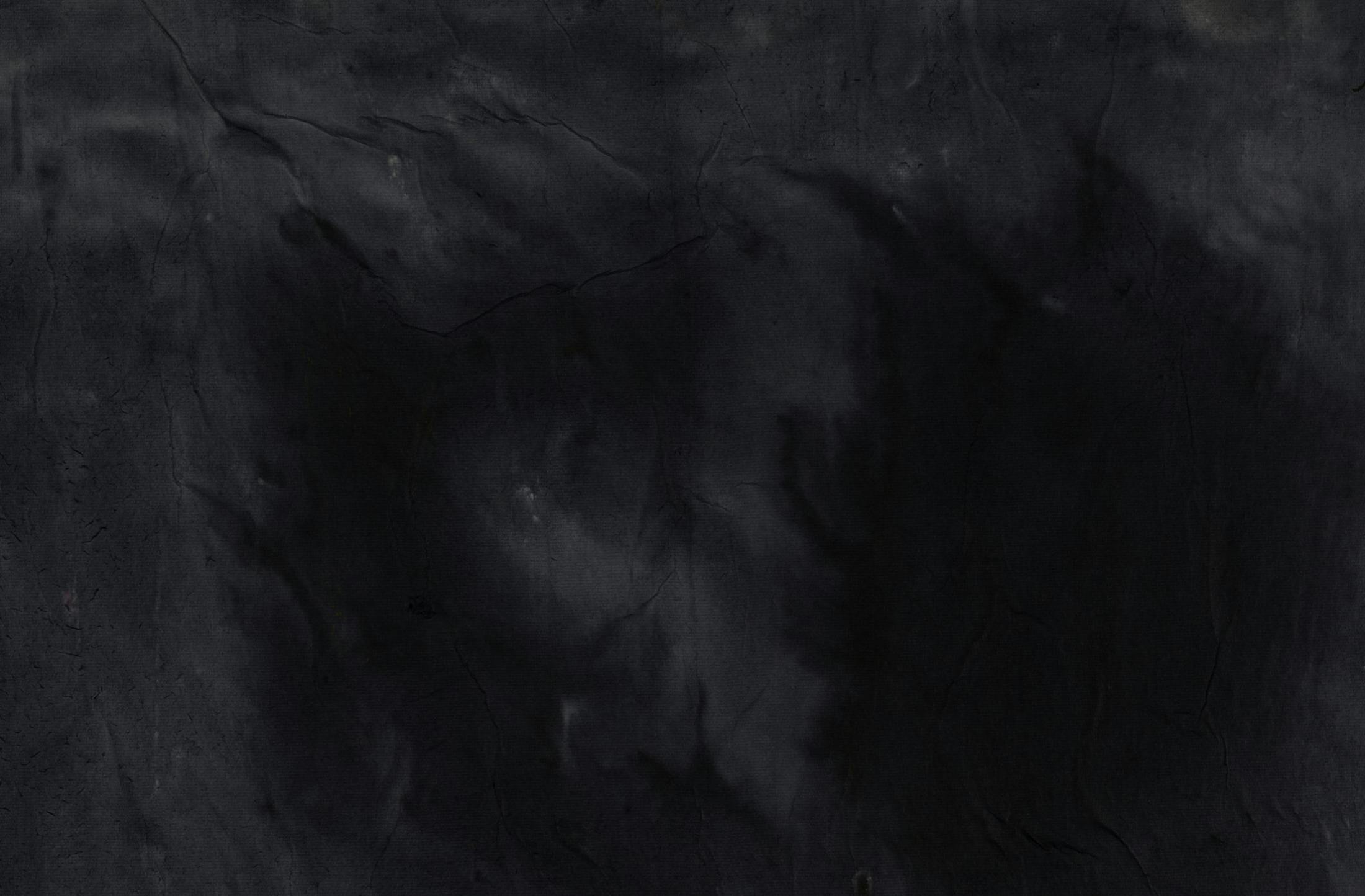Skin Nevi
Skin Nevi are common skin tumors caused by abnormal overgrowth of cells from the epidermal and dermal layers of the skin. Most nevi are benign, but some precancerous types must be monitored or removed. Types of nevi found in children include:
- Congenital Melanocytic Nevi
- Giant Congenital Melanocytic Nevi
- Blue Nevi
- Epidermal Nevi
- Sebaceous Nevi
- Spitz Nevi
The giant congenital nevus is greater than 10 cm in size, pigmented, and often hairy. Between 4% and 6% of these lesions will develop into a malignant melanoma. Since approximately 50% of the melanomas develop by age 2 years, and 80% by age 7 years, early removal is recommended.
Although removal of giant lesions can be quite challenging, the advances in surgical techniques and pediatric anaesthesia available in children’s hospitals has greatly improved the safety of treatment.
Congenital melanocytic nevi are found in about 1% of newborns. These small nevi are visible at birth, and are deeper and larger than nevi acquired later in life. Over 90% are less than 4 cm in size, and only 1% are large enough to be a giant congenital nevus. Unlike the giant form, the risk of malignancy in these small nevi appears to be greatest at or after puberty, thus allowing more time for consideration of treatment. A blue nevus is a blue-black nodule with a smooth surface that may be present at birth or may not appear until puberty. The deep pigmentation is due to large amounts of melanin pigment within the deeper dermis. The nevus of Ota and Ito are blue nevi with regional localization. Malignant degeneration is rare and these lesions are generally removed for cosmetic reasons. Epidermal nevi are linear, raised and at times “warty” lesions which may occur on the head.
When associated with other congenital disorders, the child may have epidermal nevus syndrome. The risk for malignant degeneration is unknown but uncommon. The sebaceous nevus is a congenital hamartoma (normal cells outside of their normal locations) of the sebaceous glands. By adolescence these lesions often thicken and run a risk of malignant degeneration, which is why removal is recommended. Spitz nevi are firm and pink and may be confused with a small vascular lesion. These lesions recur if not completely removed. It is unknown whether this lesion is a precursor to malignancy. Treatment for small lesions is simple excision and closure, sometimes performed by a pediatric dermatologist.
For larger lesions, movement of skin flaps or tissue expansion may be needed. The FACES+ pediatric craniofacial plastic surgeons are members of the vascular lesion team at Children’s Hospital of San Diego and provide assurance that complex excisions and reconstructions will yield an optimal cosmetic and functional outcome.





